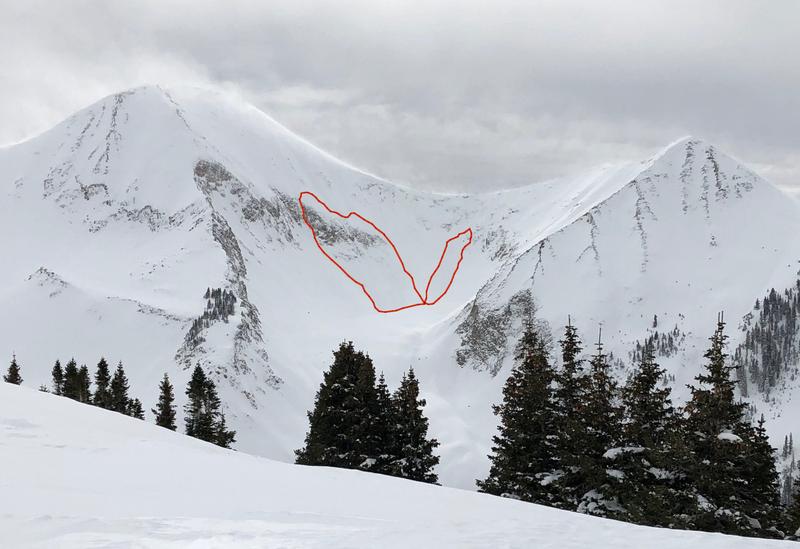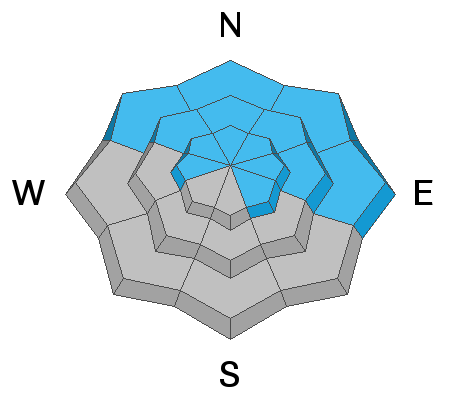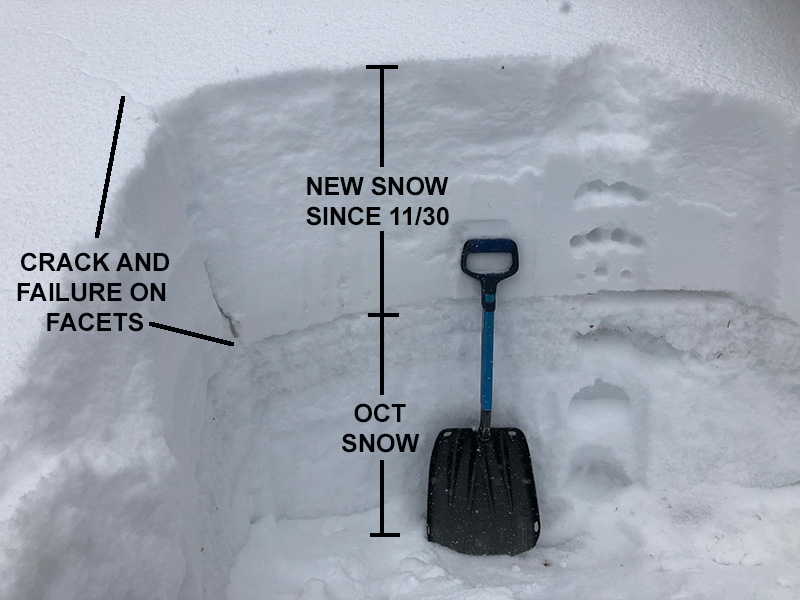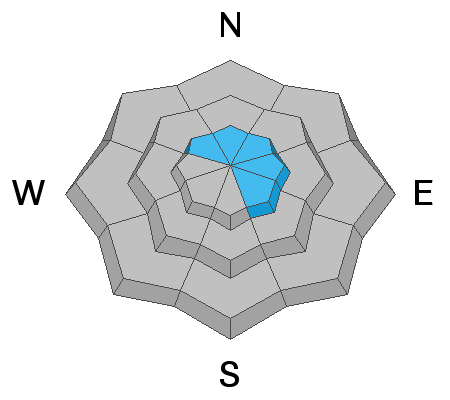Forecast for the Moab Area Mountains

Issued by Eric Trenbeath on
Saturday morning, December 8, 2018
Saturday morning, December 8, 2018
The avalanche danger remains CONSIDERABLE today on steep, upper elevation terrain that faces NW-N-E, and human triggered avalanches breaking down into buried, persistent weak layers are likely in these areas. In addition, recent deposits of wind drifted snow have added more weight to these fragile weak layers. Avoid wind drifted slopes that have a smooth rounded appearance, and look for signs of instability such as cracking in the snow surface. At mid and lower elevations the danger is MODERATE and human triggered avalanches are still possible on northerly facing slopes that have buried, weak, faceted snow.
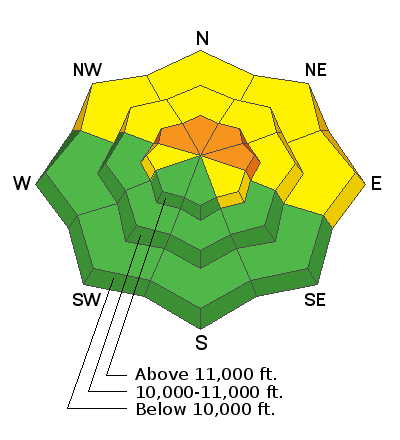
Low
Moderate
Considerable
High
Extreme
Learn how to read the forecast here


